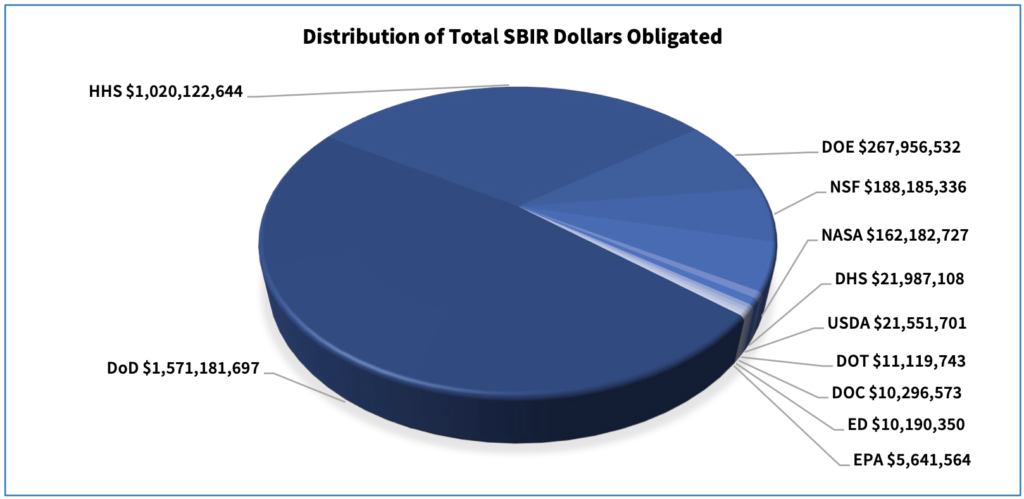Note: I used the AI Assist Drafting in Notion to generate some topics and content blocks.
SBIR/STTR grants are valuable resources for startup founders and researchers looking to fund their research and development efforts and turn their innovative ideas into successful startups. The SBIR/STTR program, which stands for Small Business Innovation Research and Small Business Technology Transfer, explicitly supports original projects with the potential to create significant commercial impact. By providing funding, validation, and an opportunity to showcase their skills, these grants can help founders to take their products to the next level and achieve commercial success. Learn more about the history, availability, and benefits of this critical commercialization pathway in this article.
Introduction
Many people think SBIR/STTR grants are simply another research and development funding source. However, this perspective overlooks the intent of the programs, which support innovative projects that can create significant commercial impact. Also missing is an understanding how these grants can function as a source of non-dilutive funding for early-stage entrepreneurs. Significantly, successfully competing for and managing a grant is valuable evidence of the founding team’s business and financial skills. Such evidence can be a critical factor in attracting future investment. This article will overview the SBIR/STTR framework and discuss the benefits available to startups through planning, competing, and winning an SBIR/STTR grant.

The History of the SBIR/STTR Programs
The Small Business Innovation Research (SBIR) and Small Business Technology Transfer (STTR) programs are collectively known as America’s Seed Fund. Administered by the Federal Small Business Administration (SBA), these programs “fund a diverse portfolio of startups and small businesses across technology areas and markets to stimulate technological innovation, meet Federal research and development (R&D) needs, and increase commercialization to transition R&D into impact.” [1] The National Science Foundation (NSF) started the SBIR program in 1977 through the efforts of NSF Senior Program Manager Roland Tibbetts, Senator Edward Kennedy, and Arthur and Judith Obermayer. The program’s early success prompted the SBA to campaign for SBIR programs at all government agencies. With continued support from Senator Kennedy and the Obermayers, legislators were convinced to pass the Small Business Innovation Development Act, signed into law in 1982. This program has supported numerous success stories. Of the 63 Phase I/II awards selected in 1977, “one firm went on to discover the cystic fibrosis gene and complete the Human Genome Map, a small language-understanding firm . . . became Symantec, and a high-risk firm . . . became the data giant Ingres Corporation. . . . The program has resulted in 70,000 issued patents, close to 700 public companies, and approximately $41 billion in venture capital investments.” [2] Congress started the STTR program through the Small Business Technology Transfer Act of 1992. [3] Both programs require periodic reauthorization by Congress; the last is the SBIR and STTR Extension Act of 2022, extending the program through FY2025.

Which Agencies Have SBIR/STTR Programs?
Eleven federal agencies have SBIR/STTR grant programs. They are:
- Department of Agriculture (USDA);
- Department of Commerce (DOC);
- *Department of Defense (DoD);
- Department of Education (ED);
- *Department of Energy (DOE);
- *Department of Health & Human Services (HHS);
- Department of Homeland Security (DHS);
- Department of Transportation (DOT);
- Environmental Protection Agency (EPA);
- *National Aeronautics & Space Administration (NASA); and
- *National Science Foundation (NSF)
The five agencies marked with an asterisk (*) also have STTR programs. The SBIR programs had $3.3B in obligations (legally binding commitments) in FY19, with 79% of those attributed to the DoD and HSS (see the chart from [4] below). The STTR programs had $429M in obligations in the same FY, with 82% attributed to the DoD and HHS. [4]

How These Programs Work
Both programs have a three-phase structure “to foster the R&D of small, high-tech businesses and push them to realize their commercial potential.” [2] These phases are: [4]
- Phase I: Proof of Concept – “to determine the scientific and technical merit, feasibility, and commercial potential of the proposed R/R&D efforts and to determine the quality of performance of the small business awardee prior to providing further federal support in Phase II.” Awards range from $100,000-$200,000; the performance period is 6-12 months.
- Phase II: Technology Development – to continue support “based on the results achieved in Phase I and the scientific and technical merit and commercial potential of the project. . ..” Awards range from $750,000-$1,650,000; the performance period is two years.
- Phase III: Commercialization – support “work that derives from, extends, or completes an effort made through SBIR/STTR-funded Phase I or II R/R&D but is funded by sources other than the SBIR/STTR Programs.” Because the Phase I and II awards satisfy competition requirements, agencies can issue direct or sole-source awards in Phase III.
There are eligibility requirements for any companies applying for these grants:
- The business is for-profit and located mainly in the U.S.
- More than 50% of the business is owned and controlled by at least one U.S. citizen or permanent resident of the U.S.
- The company cannot have more than 500 employees.
STTR grants have an additional partnership requirement with a nonprofit research institution such as a university, research organization, or federally funded R&D center. The research institution must perform at least 30% of the proposed R&D. Hence, an IP agreement between the company and the institution is essential because the program requires IP transfer to the small business. Awardees may contract up to 60% of the research under an STTR; the SBIR program only allows 30% to be contracted. [5]
While the SBA administers the SBIR/STTR program, each agency has its peculiarities for solicitations, so you should do your homework. Specifically, you’ll want to research which agencies have solicitations that best match your project, their funding schedules, and application details (available through current or previous solicitations.) The Solicitations page on the SBIR.gov website is an excellent starting place.

Benefits of Planning and Applying for A Grant
Running a successful business is all about planning for the future. SBIR/STTR programs enable you to demonstrate your executive-level strategy and planning skills as you consider where grants fit into your funding strategy, research which agencies are a good fit, educate yourself on the application process, and develop the information needed for a competitive submission. Entrepreneurs should expect to learn in multiple domains as their business grows and they can access numerous resources. Your local SBA office, colleges or universities, startup programs, Procurement Technical Assistance Centers (PTAC), and public libraries are all great places to develop relationships for long-term company benefit. Your state may also provide “Phase 0” awards to help you prepare an application. [6] Participating in an I-Corps training program to develop your ideas and refine your business plan will increase your chance of success. The application will require clear descriptions, project plans, and a detailed budget, all necessary for your business’s growth. Structuring the grant application work helps your team understand their strengths and weaknesses and learn to pull together toward a goal. Of course, your success is not guaranteed. In the 2022 NIH Phase I program, 15% of SBIR and 19% of STTR applications received funding. The success rates of other agencies will vary. However, you will always receive valuable feedback on the application, which you may use to improve the resubmission.

Benefits of Executing the Grant Plan
What if your application is successful? If this is you, congratulations! Here’s where all the application planning work pays off. Your team’s top job is negotiating the contract, executing the grant plan, and managing the money to finish the project. The completed research will move your product toward a market-ready version. SBIR/STTR awardees often have access to additional funds through state and local grant matching programs. [6] You’ll develop relationships with your grant’s program managers that could lead to later phase awards. Best of all, you’ll be expanding the evidence that your team understands business and financial principles well enough that private investors will have confidence that you can reach your milestones using their money. Combine this with the customer and market data you collect for your prototype to create a powerful pitch that will open doors. The ability to describe your strategy and tactics behind the grant gives you meaningful ways to discuss your company with potential partners and investors.

Conclusion
SBIR/STTR grants can be an essential tool for startup founders looking to derisk their products and attract investors. In addition, they are an accessible source of nondilutive money for early-stage and more established small companies. By providing funding, validation, and an opportunity to showcase their skills, these grants can help founders to take their products to the next level and achieve commercial success.
References
[1] America’s Seed Fund Powered by SBA website, accessed April 20, 2023. https://beta.www.sbir.gov
[2] Birth & History of the SBIR Program webpage, accessed April 20, 2023. https://www.sbir.gov/birth-and-history-of-the-sbir-program
[3] SBIR Tutorials; Course 1, Program Basics; Tutorial 5, The History of the SBIR and STTR Programs, accessed April 20, 2023. https://www.sbir.gov/sites/all/themes/sbir/dawnbreaker/img/documents/Course1-Tutorial5.pdf
[4] SBIR/STTR Annual Report, FY2019, accessed April 20, 2023. https://www.sbir.gov/sites/default/files/SBA_Final_FY19_SBIR_STTR_Annual_Report.pdf
[5] TurboTalks News, published by OmniSync International on LinkedIn, accessed May 5, 2023. https://www.linkedin.com/pulse/what-sttr-grant-omnisync.
[6] 2021 State Funds for SBIR companies, Including SBIR matching grants and cash assistance for “Phase 0”. July, 2021, accessed May 1, 2023. https://www.sbir.gov/sites/default/files/2021_State-Funds-for-SBIR-companies_0826.pdf
